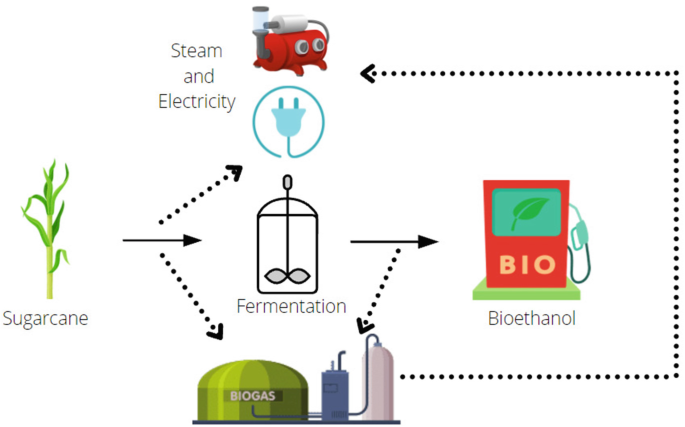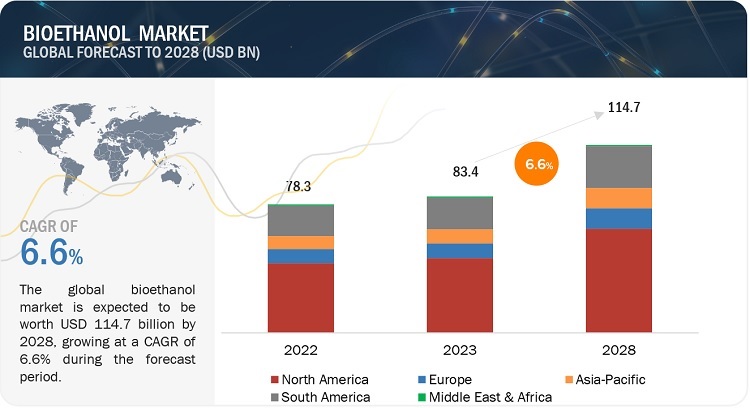Fermentation, Free Full-Text
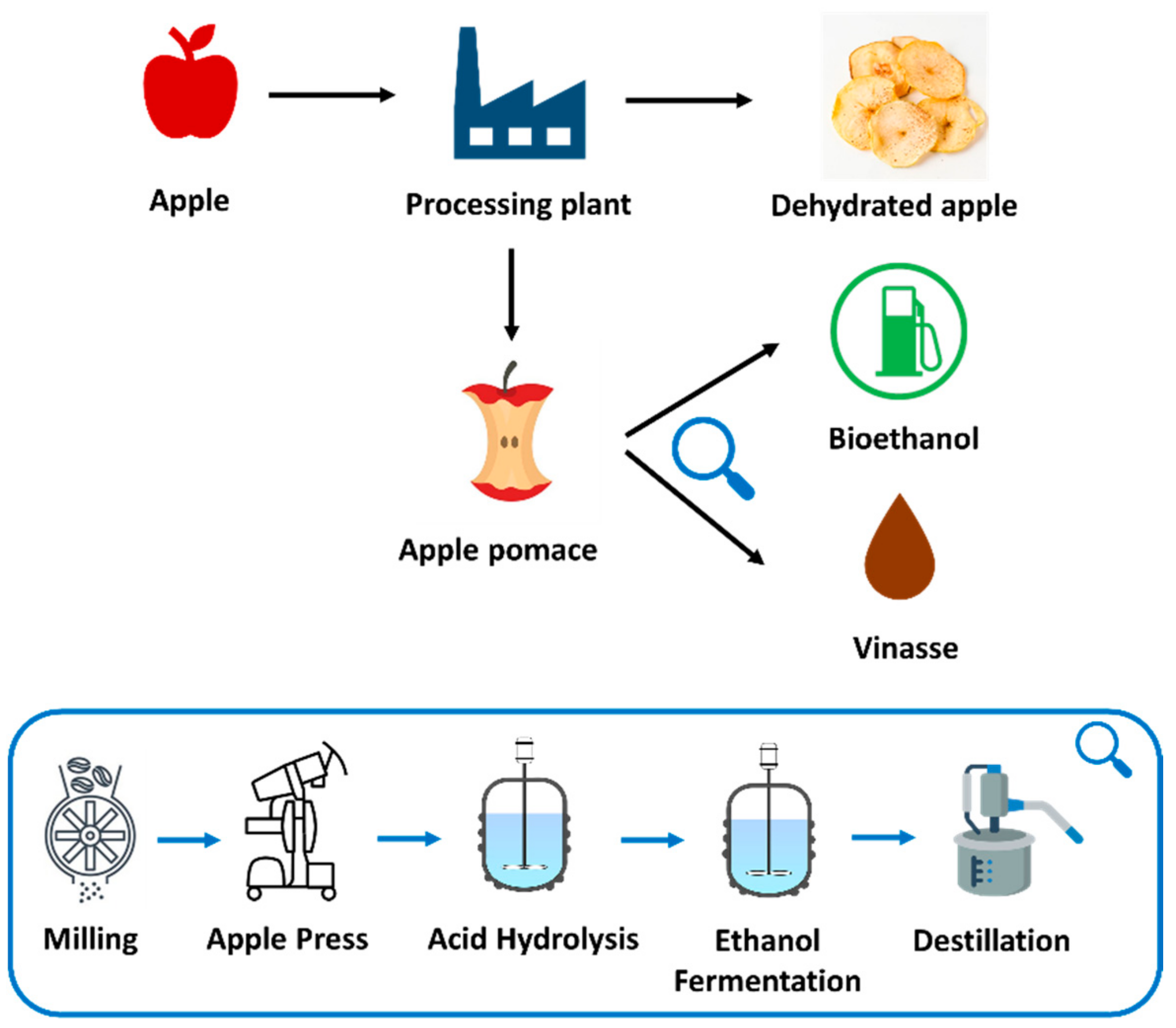
Bioethanol production has increased in demand as a replacement for conventional fuels. This work studies the use of apple pomace, which corresponds to 45% (w/w) of dehydrated apple production, as a reliable and inexpensive source for bioethanol production. Additionally, the vinasse obtained from the process as a byproduct is analyzed. Apple pomace has important properties for energy purposes, with high soluble sugar (6%–8%), organic compounds and low protein content. The carbohydrates were consumed in 99.3% in 144 h at a temperature of 30 °C and in a yeast Saccharomyces cerevisiae (YSC) concentration of 0.10 g/L. The bioethanol purity produced, 99.5% (v/v), was quantified by gas chromatography and calorific value (23.21 MJ/kg). This high purity, which fulfills the EN 15376, ASTM D 4806 Standard, allows its use as a fuel and oil additive. Moreover, it can be stated that vinasse obtained from alcohol distillation is a compound that has physicochemical values like other vinasses. Finally, Chile, as the most important exporting country of dehydrated apples in the world, has great potential to take advantage of the use of this raw material for bioethanol and vinasse production.
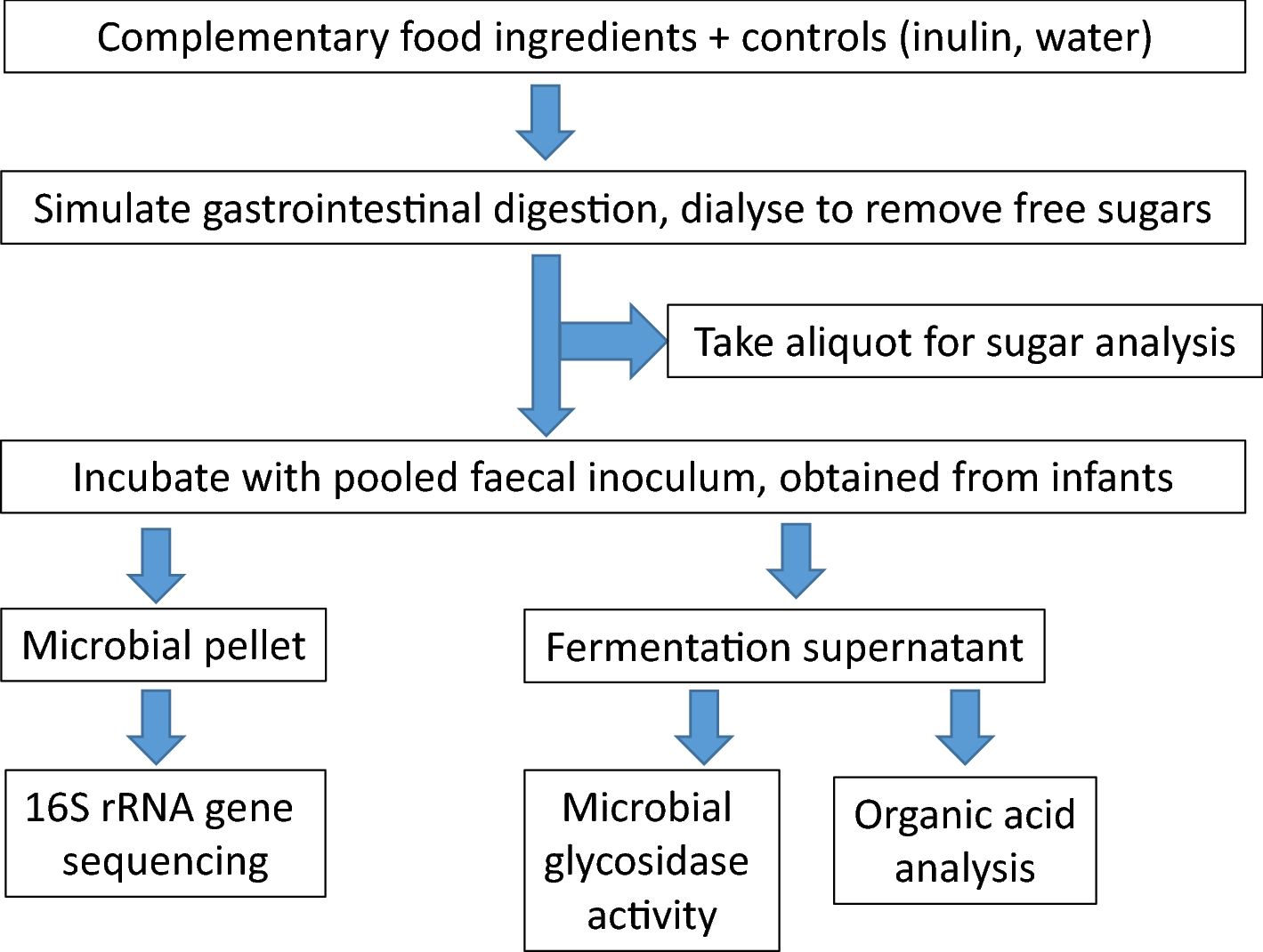
The sugar composition of the fibre in selected plant foods

Renewable biohydrogen production from lignocellulosic biomass

The Difference Between Tea Oxidation & Fermentation
Nutrients, Free Full-Text
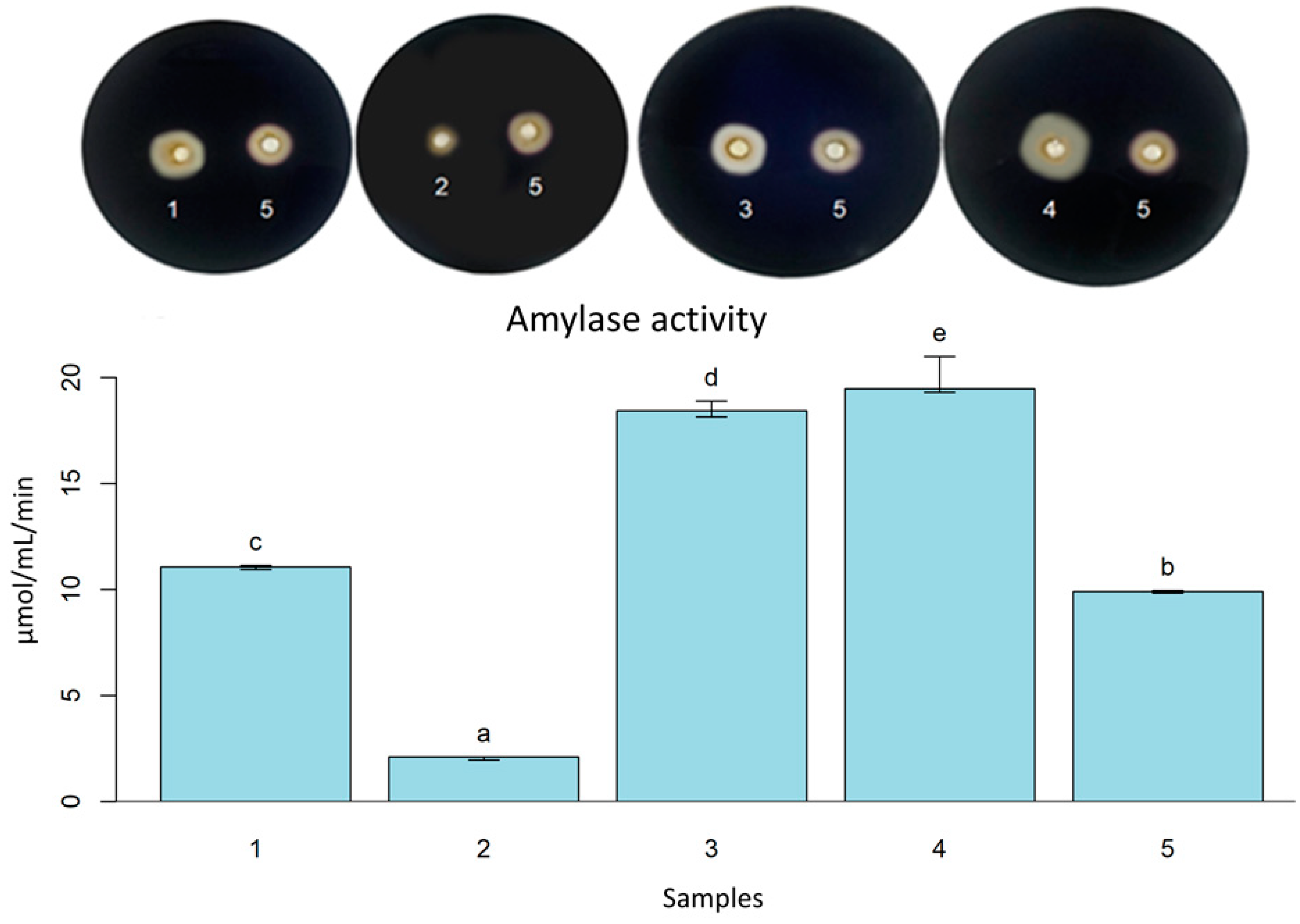
Fermentation, Free Full-Text, click desenvolvimento aec entrar
Fuel alcohol production: optimization of temperature for efficient

Effects of in vitro fecal fermentation on the metabolism and

Sandor Katz's Fermentation Journeys - Chelsea Green Publishing

Effects of sprouting and fermentation on the formation of Maillard
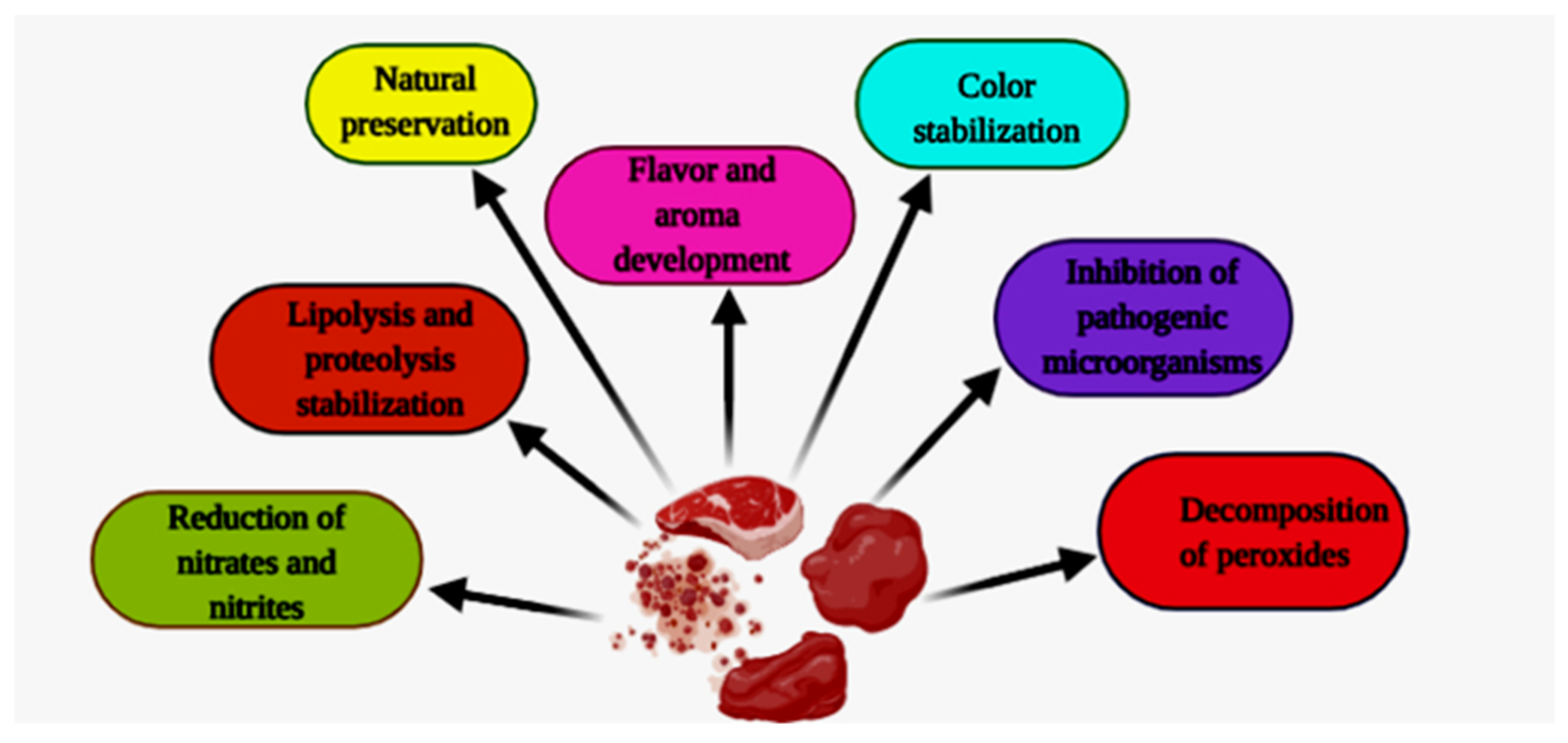
Fermentation, Free Full-Text
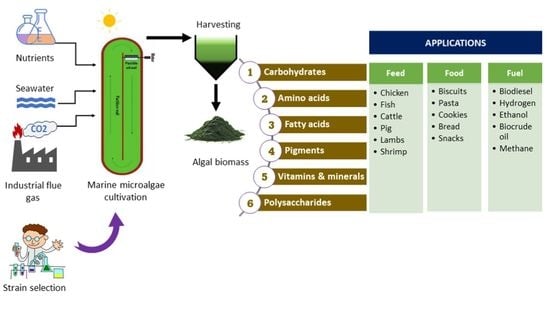
Rm 607 Flash File 6.10 Free Download - Colaboratory
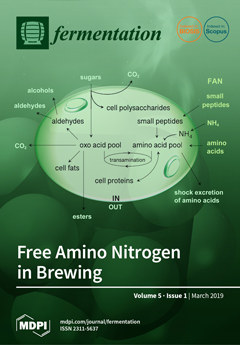
Fermentation March 2019 - Browse Articles
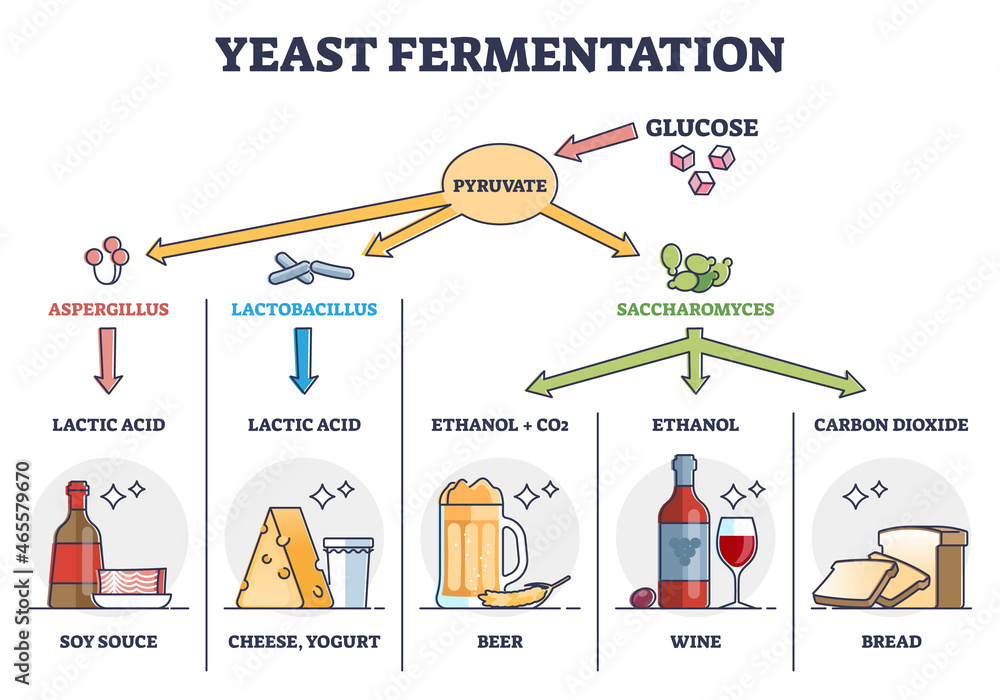
Yeast fermentation principle for drinks and food outline diagram







